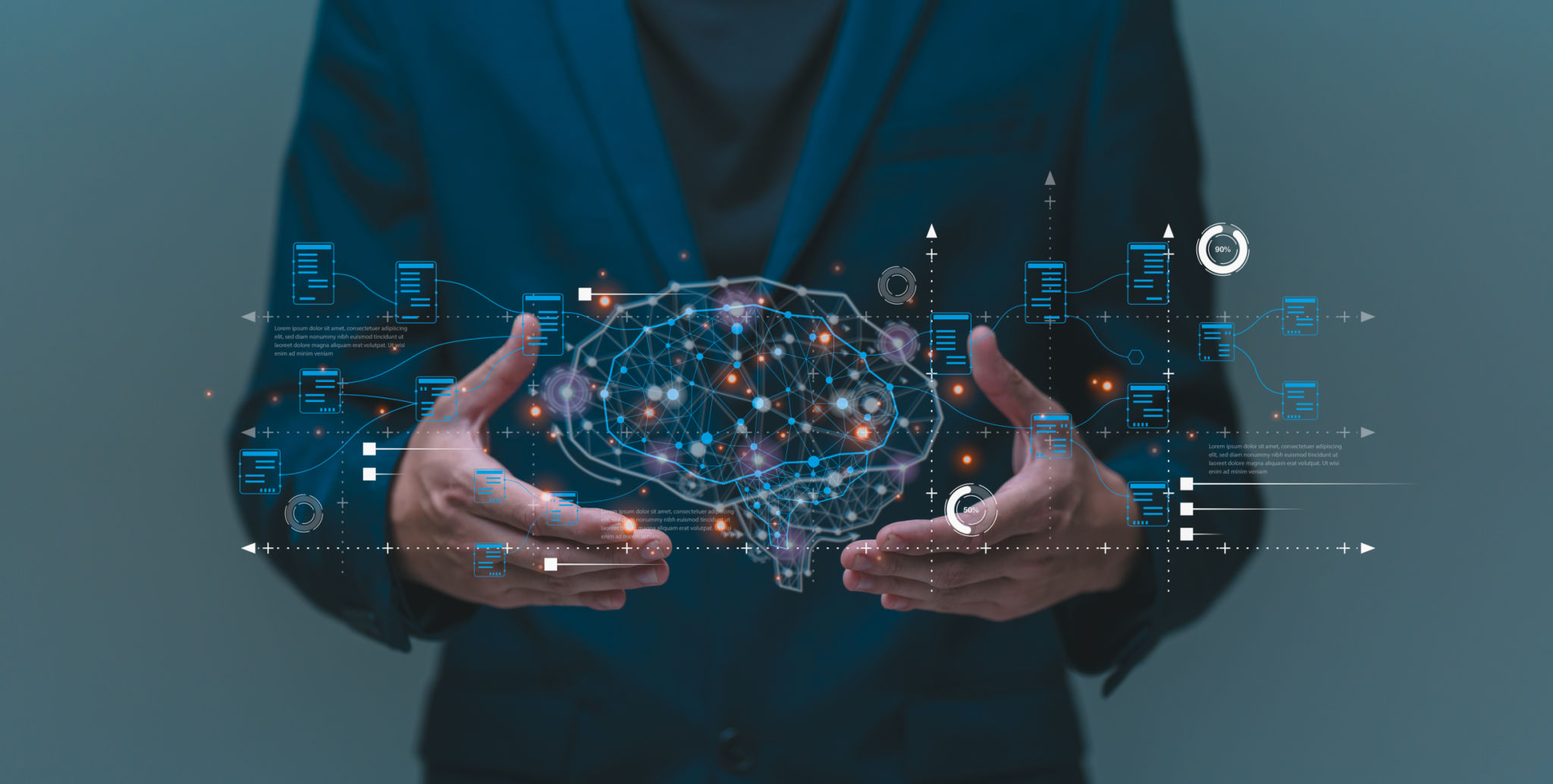Secure Decision-Making Automation: Protecting Critical Infrastructure with AI
The Role of AI in Critical Infrastructure
In today's interconnected world, safeguarding critical infrastructure is more essential than ever. From power grids to water supply systems, the importance of securing these fundamental services cannot be overstated. Artificial Intelligence (AI) is at the forefront of revolutionizing how decisions are made in these sectors, offering enhanced security and efficiency.
AI-driven solutions are increasingly being integrated into decision-making processes to ensure that critical infrastructure remains resilient against threats. This integration enables rapid response to potential disruptions, minimizing risks to public safety and economic stability.

Enhancing Security Through Automation
One of the most significant benefits of AI in critical infrastructure is its ability to automate decision-making processes. By leveraging machine learning algorithms, AI systems can analyze vast amounts of data in real time, identifying patterns and anomalies that could indicate potential security threats.
This automated approach not only enhances the speed and accuracy of decision-making but also reduces the burden on human operators, allowing them to focus on more strategic tasks. In essence, AI serves as a force multiplier, providing an additional layer of security to protect vital systems.
Data-Driven Insights for Proactive Measures
AI's ability to process and analyze data at scale provides organizations with valuable insights that can be used to take proactive measures. By predicting potential vulnerabilities and threats, AI enables infrastructure operators to implement preventive strategies before issues arise.

For example, AI can predict equipment failures by analyzing historical data and identifying indicators of wear and tear. This predictive maintenance approach not only ensures uninterrupted service but also extends the lifespan of critical components.
Challenges and Considerations
While AI offers numerous advantages, implementing it in critical infrastructure also presents challenges. Concerns over data privacy, system reliability, and the potential for cyber-attacks are paramount. Organizations must ensure that AI systems are robust and secure against external threats.
Moreover, there is a need for frameworks and regulations to guide the ethical use of AI in decision-making processes. Establishing clear guidelines will help mitigate risks and foster trust in AI-driven systems.

The Future of AI in Infrastructure Security
As technology continues to evolve, the role of AI in securing critical infrastructure will only grow. Future advancements may include the integration of blockchain technology for enhanced data security and the development of AI systems that can learn and adapt autonomously.
Collaboration between government agencies, private companies, and technology providers will be crucial to harness the full potential of AI while ensuring that critical infrastructure remains secure and resilient.
Conclusion
AI is transforming how we protect and manage critical infrastructure, offering powerful tools for secure decision-making automation. By embracing these technologies, we can enhance the resilience of our vital systems, ensuring they continue to serve society effectively in an increasingly complex world.
As we move forward, it is essential to balance innovation with caution, ensuring that AI systems are deployed responsibly and ethically to safeguard our most crucial assets.
